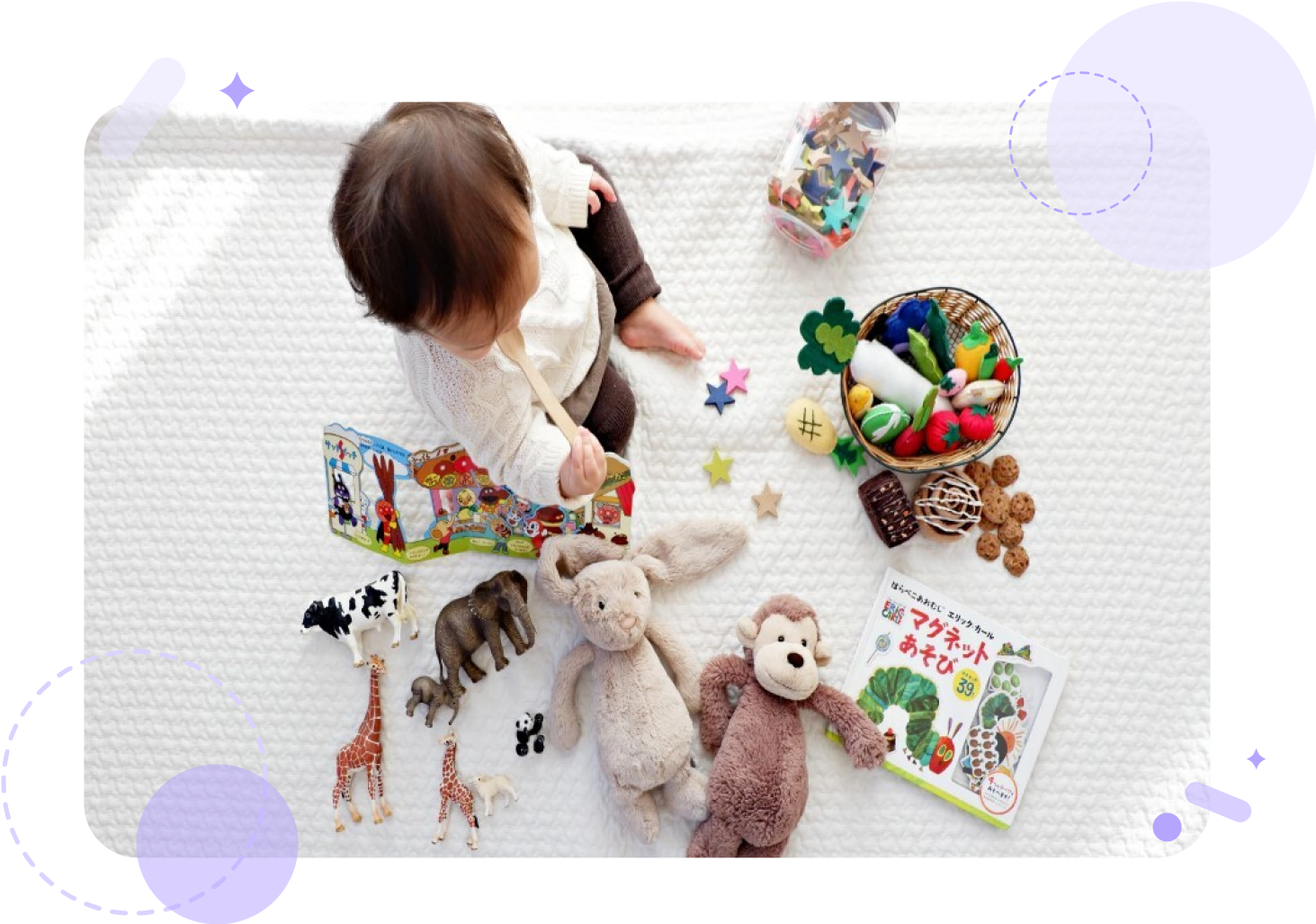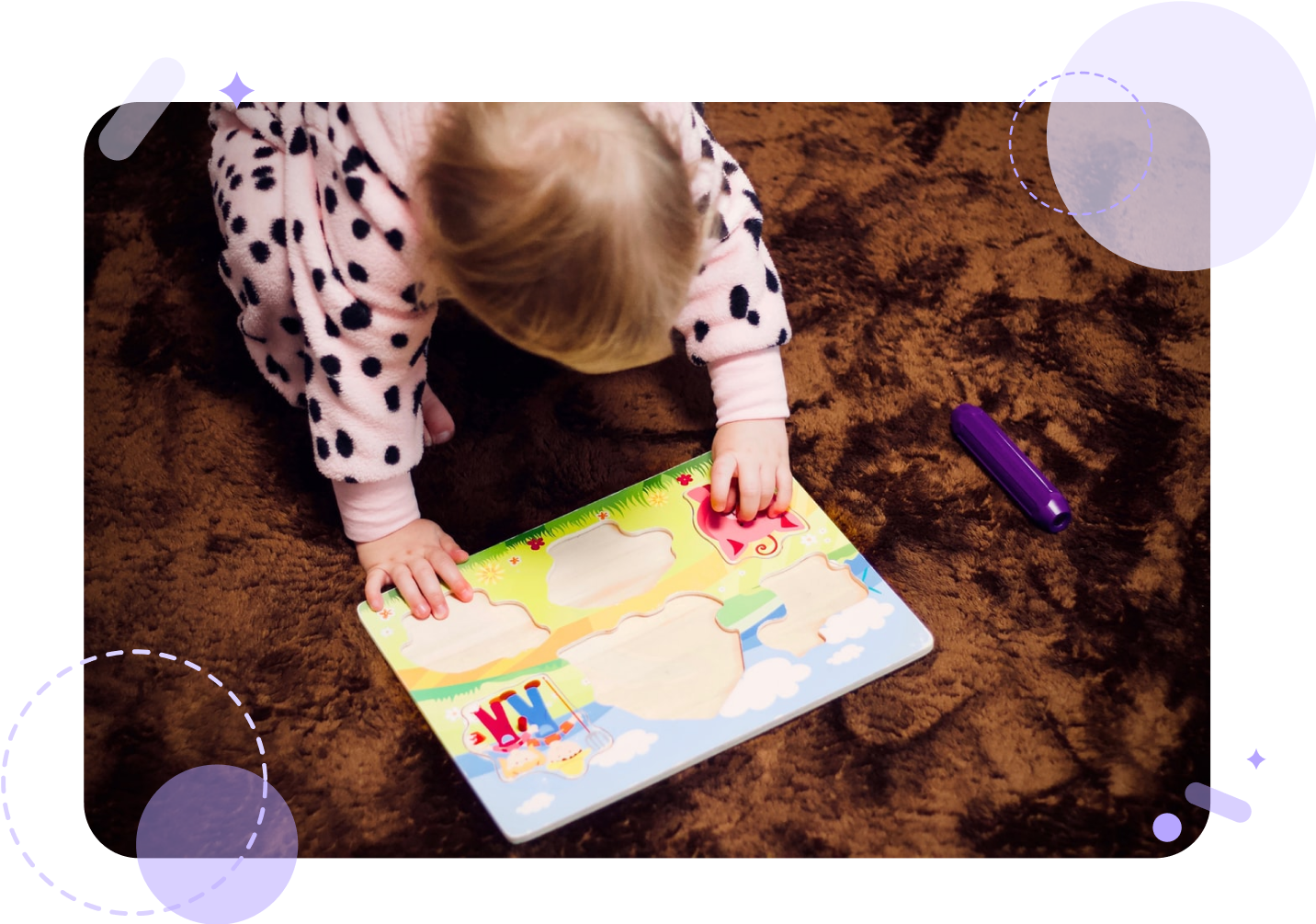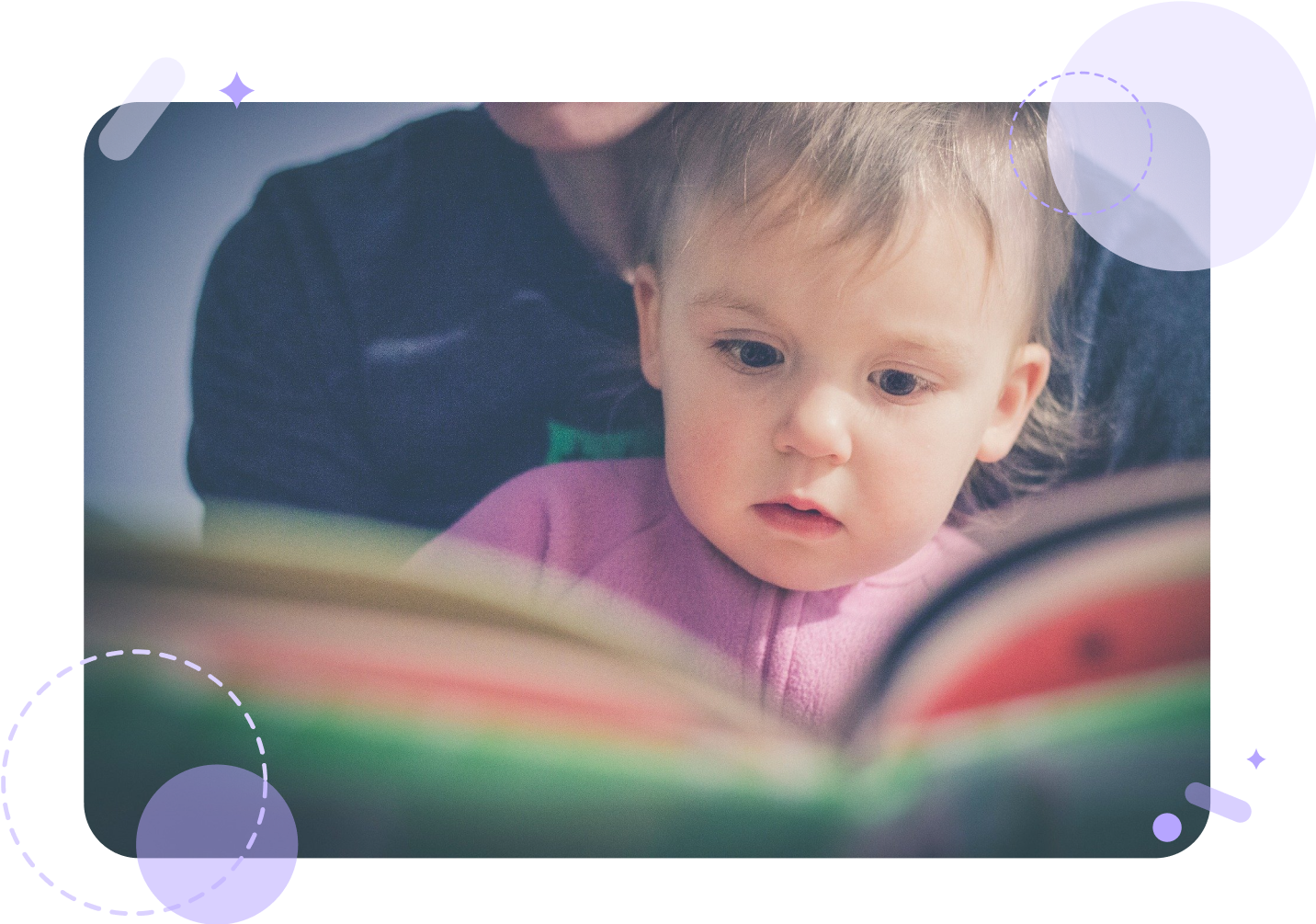
As a parent, you’ve probably spent plenty of time wondering what your baby is thinking at any given moment – especially before learning how to communicate adequately with you. Given your little one’s constantly growing cognitive skills, they’ve probably got a lot on their minds! In the coming months and years, you’ll notice that your baby’s cognition informs many other key developmental areas, including gross and fine motor, social and emotional, and speech, to name a few.
In simple terms, cognitive development is about how babies learn, interact, and explore things in their environment. It refers to how they perceive, ponder, and understand their wide array of new life experiences.
One of the important cognitive developmental milestones is understanding the relationship between cause and effect. Babies will repeat certain actions to observe patterns in the way people and things react to their behavior, helping them recognize the connection between cause and effect. As your baby gains cognitive awareness in this area, they will realize they can have a significant impact on their environment – and the people within it.
When Do Babies Understand Cause and Effect?
Typically, babies demonstrate comprehension of cause and effect 6 to 12 months old. While their connection between the two will not be wholly established until around 18 months, your baby may show signs of this incremental development from their early months. For example, consider how babies first learn how to communicate – when they cry, you give them attention, an early example of cause and effect.
Gaining a base-level understanding of cause and effect depends on developing other crucial skills, such as gaining head control, visual system development, hand-eye coordination, and improved motor skills – all of which takes time!
How to Encourage Baby’s Cognition
Caregivers can support their baby’s comprehension of cause and effect by demonstrating a variety of repeated actions and results. By observing patterns and anticipating outcomes, your baby will demonstrate their learning by imitating the actions themselves.
Unfortunately for parents, teaching about cause and effect can get repetitive and a little boring – but as a pivotal part of your baby’s cognitive development, it’s worth it! Repetition and imitation help babies cement their learning. Some examples of cause and effect practice include:
- Throwing objects and watching you pick them up every time.
- Uncovering hidden items like toys and knowing that you are still there when you play Peek-a-Boo, thanks to their awareness of object permanence.
- Opening kitchen drawers, cabinets, or doors to explore what’s inside.
- Enjoying bath time by watching the water splash when they move.
Actions and behaviors such as the above teach your child about cause and effect by allowing a more engaging, interactive, hands-on learning experience. Similarly, you can reinforce your baby’s understanding by providing interactive toys with a button that produces sounds or lights up when pushed.
Though babies establish an understanding of the relationship between cause and effect by themselves, they still need the loving support of their parents to solidify and simplify their learning process. Helping your baby understand their impact on the world through their actions helps enrich their cognitive development further.
 Back
Back

